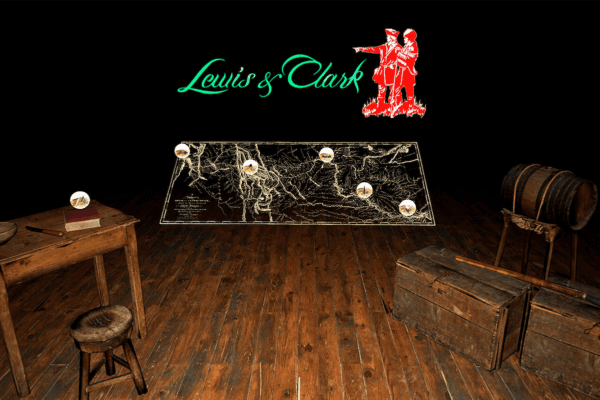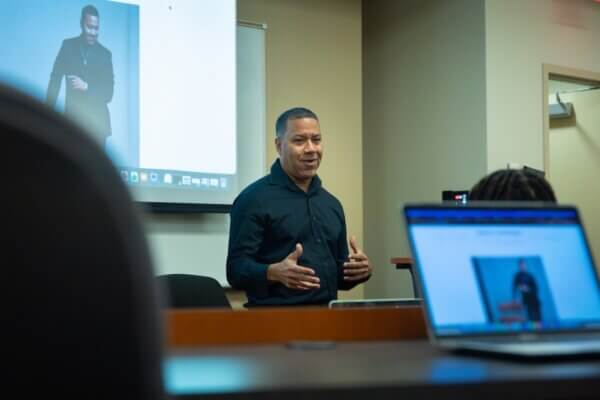Assessment Tips For Building A Framework To Help Drive Continuous Improvement
Assessment needs to be linked to student learning, institutional goals, and programmatic decisions, and as such, assessment needs to be viewed as a part of the broader initiative. The American Association for Higher Education (AAHE) developed nine principles of best practices for assessment. A closer look at these principles and best practices will be explored throughout April and May.
The first principle explains that assessment of student learning begins with educational values and must be multidimensional and longitudinal. Assessment is more effective when it reflects an understanding of learning as integrated and revealed in performance over time (Astin, Banta & Cross, 2021). Assessment starts with clear, well-defined learning outcomes, and institutional outcomes are skills and values every student should develop. Examples include critical thinking, communication or civic engagement.
Program-level outcomes narrow the focus of the discipline, and include specific knowledge and competencies. Course-level outcomes articulate the specific skills and knowledge students should master in individual courses. Achieving coherence across these layers of outcomes is key when building a framework that promotes teaching and assessment.
Please contact the Office of Institutional Research and Assessment’s Terri Masiello at tmasiell@su.edu to begin conversations about creating the assessment framework.





